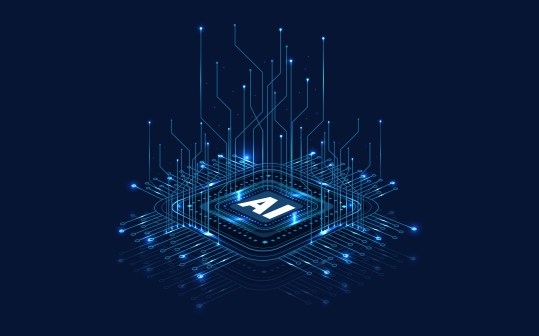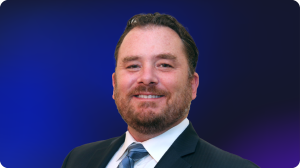- Sponsored
- Insights
Why agencies are embracing a private cloud model for mission success

Government IT leaders are grappling with the dual challenge of securing rapidly expanding data environments while embracing the transformative potential of artificial intelligence. In a recent video series produced by Scoop News Group for Broadcom, a consistent message emerged from executives from across federal agencies and industry: modernization is not about choosing between cloud or AI, but about striking the right balance between innovation, security and mission outcomes.
That balance begins with cloud strategy. Broadcom VP Jason Rolleston said that agencies are rethinking their long embrace of public cloud services, asking: “Are we actually getting enough value out of that public cloud infrastructure for the security risk we’ve been taking, and should we think about bringing some, if not all, of our assets back into an environment that we control more?”
His remarks reflect a growing consensus that hybrid approaches — leveraging both public and private clouds — offer agencies the flexibility to innovate while mitigating exposure.
The need for hybrid models is especially clear at U.S. Customs and Border Protection, where Deputy CIO Jay Alalasundaram described investments in AI-powered screening and biometric systems. He emphasized that technology must serve real-world needs. “Let’s not just use AI for the sake of it, but where it’s operationally feasible across our entire agency … focused on achieving real mission outcomes,” said Alalasundaram.
That focus on outcomes was echoed by Ariana Tifft, Chief Data Scientist at the DOD Cyber Crime Center (DC3), who stressed the importance of compliance and control in defense investigations. “On-prem data stacks really allow us to put in our own user controls … making sure we are handling evidence correctly and in the proper format, which is so key to what DC3 does,” she said.
Elsewhere, leaders highlighted how AI is directly accelerating mission performance. The Army’s Bill Hepworth described how AI is cutting acquisition lead times dramatically: “We went from having two-year acquisition lead times … down to the point where we think we will be reliably under six months now,” he said.
At the Cybersecurity & Infrastructure Security Agency, CIO Bob Costello emphasized the value of centralized data management: “We do want a data lake … with the correct protections at all levels, so that only people with the right access or need to know can access that data,” he said.
AI is already proving to be effective for the Federal Communications Commission. CIO Allen Hill described how an analytics tool slashed repetitive review tasks. “It reduced 96% of the manual workload that would have normally been [needed], so that really is a multiplier for us,” he said.
Industry leaders reinforced these lessons. Broadcom President and CEO Hock Tan emphasized private cloud’s cost and security advantages. “Private cloud environments simplify the application of security policies and improve governance, enabling continuous compliance without sacrificing performance and efficiency,” he said.
Similarly, Department of the Navy’s Jacob Glassman highlighted the importance of flexibility, especially in defense environments that span everything from enterprise IT to combat operations. “We really have to do both … there are certain instances where we really need to have more control over the data, but that’s not for everything,” he said.
Acting Pentagon CIO Katie Arrington tied cloud and AI decisions back to data discipline. “Garbage in, garbage out. How do you define what’s good and what’s bad data? That is the culture change we’re going through right now,” she said.
And Lewis Shepherd, Broadcom’s Federal CTO, urged agencies to think differently about cloud entirely. “Cloud is not a destination, it’s an operating model,” he said. “Private cloud offers your users the same benefits [as public] but within your own enterprise, something you can manage and control.”
Together, these leaders underscored that the future of federal IT is focused on a strategic shift from a “cloud-first” to a “cloud-smart” approach, where infrastructure decisions are tied directly to mission outcomes. This change in mindset aims to create an agile, resilient and secure environment that empowers government professionals to meet mission needs without sacrificing control or accountability.
This video series was produced by Scoop News Group for FedScoop and sponsored by Broadcom.






